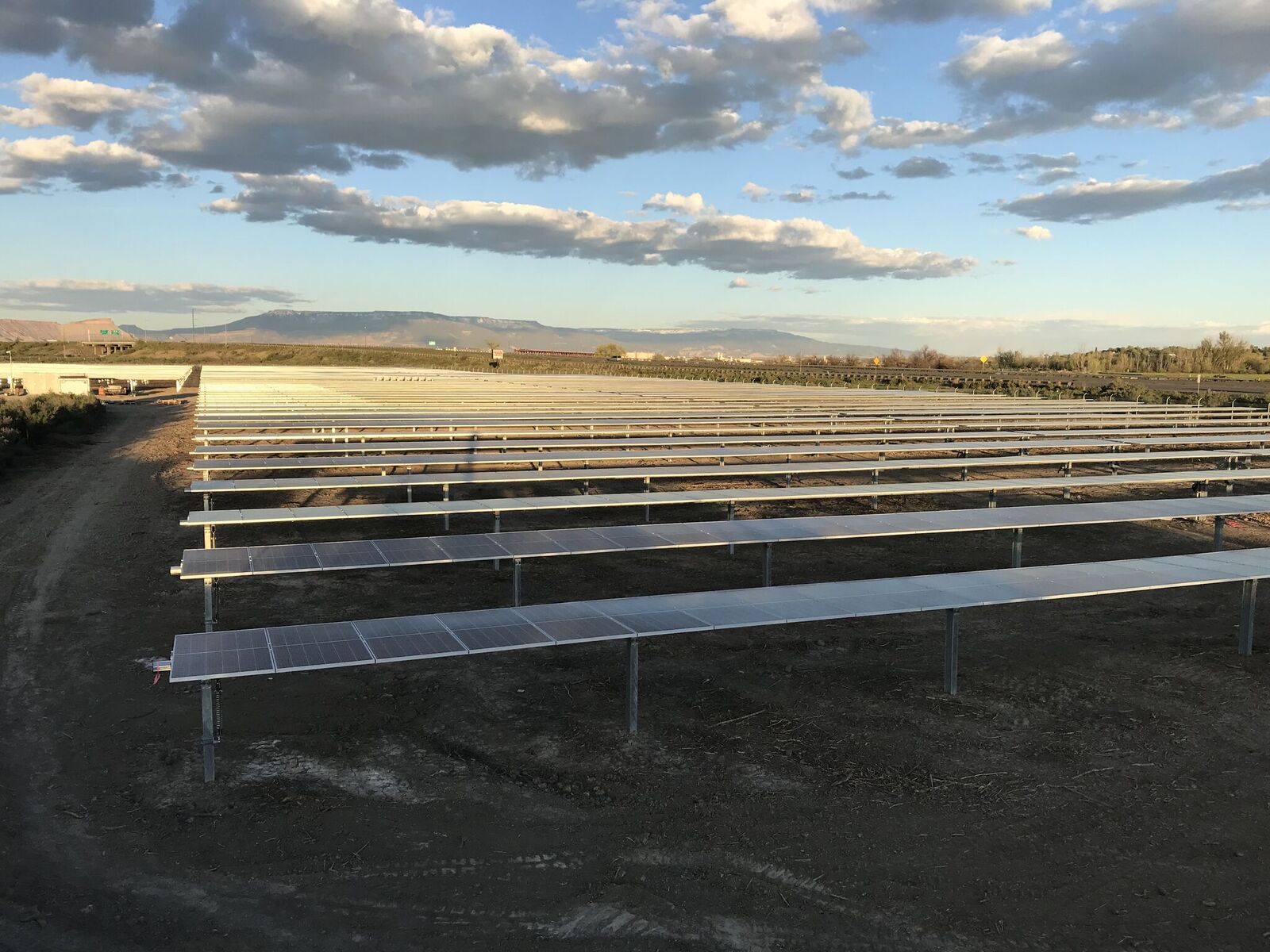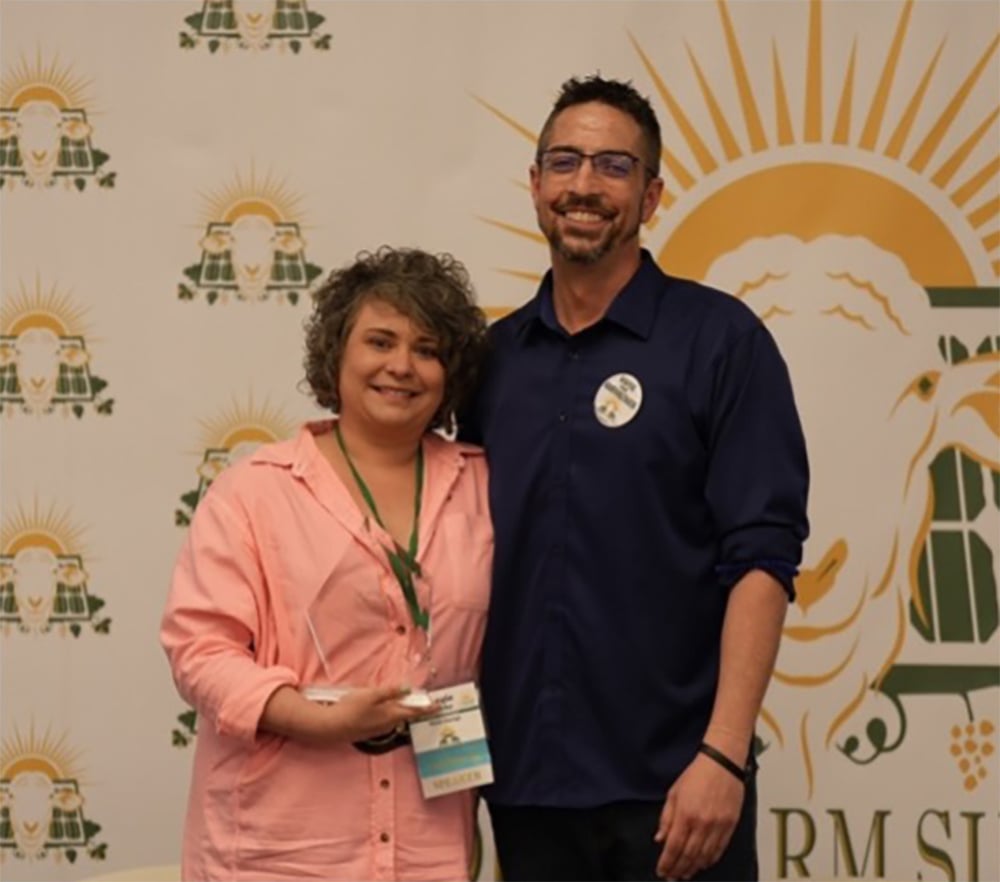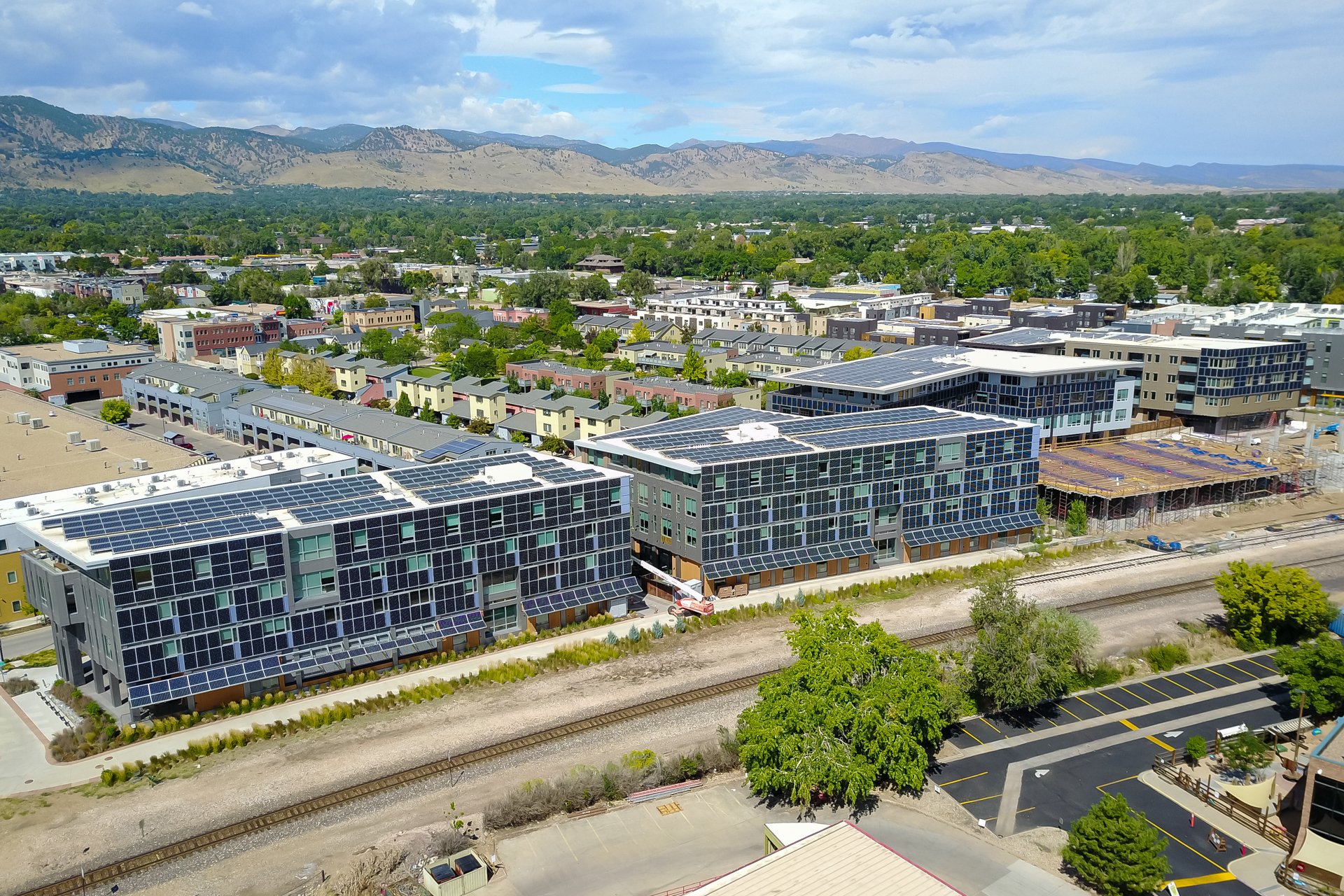Part 2: The Wild, Wild (Mid)West: Learning the Lessons of a Crowded Energy Market
April 3, 2019

By: Kacie Peters
Director of Business Development
In part 1 of this blog series, I likened the rapid growth in community solar in IL to a Wild West town with a colorful cast of characters and its own style of law. And, if you are still thinking about staking ground in this boomtown, you’ll need to understand that, though community solar is new, Alternative Retail Electric Suppliers (ARES) were the sheriffs in town for decades.
Whether community solar and ARES providers are friends or foes is still up for debate – they compete for the same electric bill. I’m not going to argue for or against how they can work together here. But, because the ARES market has a longer history in IL, it’s important to learn how ARES have struggled and succeeded.
Plan for the long term
In 2012, only about 12% of northern Illinois residents in ComEd territory actively chose their energy supplier. By the next year, it was nearly 70%. The 6-fold increase occurred when, in 2013, the City of Chicago negotiated a contract for supply with a third party energy supplier in a process called municipal aggregation. On one fell swoop, the ARES supplier Intgerys gained millions of customers.
Today, only around 30% of residents in ComEd are still actively on third party supply rates. What happened?
As quickly as the contract came, it went. In 2015, the city revisited the rates that Integrys offered and found that ComEd’s prices were competitive. Then other cities in the region followed Chicago’s lead and cut ties with municipal aggregation.
For community solar, this is a cautionary tale: you may have a solution that looks good in year one, but energy markets change. Community solar assets are around for a lot longer than the two-year energy hedge purchases for ARES, so it’s essential that community solar asset owners have a flexible and creative strategy (or partner) to gain and engage customers.
Be proactive about communication
Expect consumers to be skeptical of energy savings contracts, for good reason.
In 2014, customers who thought they were on fixed-price energy supply contracts with ARES had a rude awakening. A polar vortex brought extreme temperatures and grid strain, which forced electricity prices to skyrocket. And, rather than taking losses themselves, some ARES invoked a seldom-used clause in their customer contracts to pass costs onto customers, causing some commercial users energy bills to double without warning. The fine print may have allowed this, but customers were caught off guard.
Community solar isn’t going to face the same extreme volatility as the ARES, but there is plenty of room for confusion. The seasonal nature of solar means that customers will likely see less than 100 percent offset for energy bills in the winter months, balancing out in the summer when the production will result in excess credits. And, even though the net result is typically savings, a higher production factor in the summer, means higher community solar bills during those months. Without proper education, customer complaints seem inevitable.
But, the ARES have also taught us that the product doesn’t need to change for a better customer experience. After much public outcry, suppliers began to be more proactive in communications with customers. Many suppliers and grid operators actively advertised steps for customers to take before the 2019 polar vortex to mitigate bill spikes.
For community solar, this means that asset owners need head off the confusion before it happens – the sales process needs to convey more than “savings.” Customers need to be educated on how community solar works, especially in the first year. Projects need to be actively managed with positive transparency, and customers should feel in control of their savings through a portal that helps them clearly understand how credits and savings are calculated.
Be transparent in sales
Despite the market being made up of only 70 ARES, the Illinois Commerce Commission registered over 1,200 customer complaints in just six months last year. Roughly, two thirds of these complaints were about sales tactics. The attorney general has filed suit against retail suppliers for greenwashing, overcharging, racial profiling, and deceptive practices (to name a few.)
These companies were selling two-three year contracts. For community solar contractors who are looking for a 15-year commitment, the stakes are higher. So it’s no wonder the commission is going to great lengths to detail consumer protection regulations.
The easiest way for community solar marketing to learn from this history is by providing a clear value offering and giving more control to the customer. In later posts, I’ll dive into how to create a product, but for now, I’ll say that, ideally, contracts should also be easy to terminate. Though it sounds counter intuitive, you’ll be in a better position to keep a full garden if you make it easy for customers to leave.
Summary
Community solar in IL may feel like the frontier, but there are familiar signposts for developers. The history of ARES has been boom and bust with complications along the way, but if community solar can learn the lessons of long-term planning, communication, and transparency, we can blaze our own trail.


